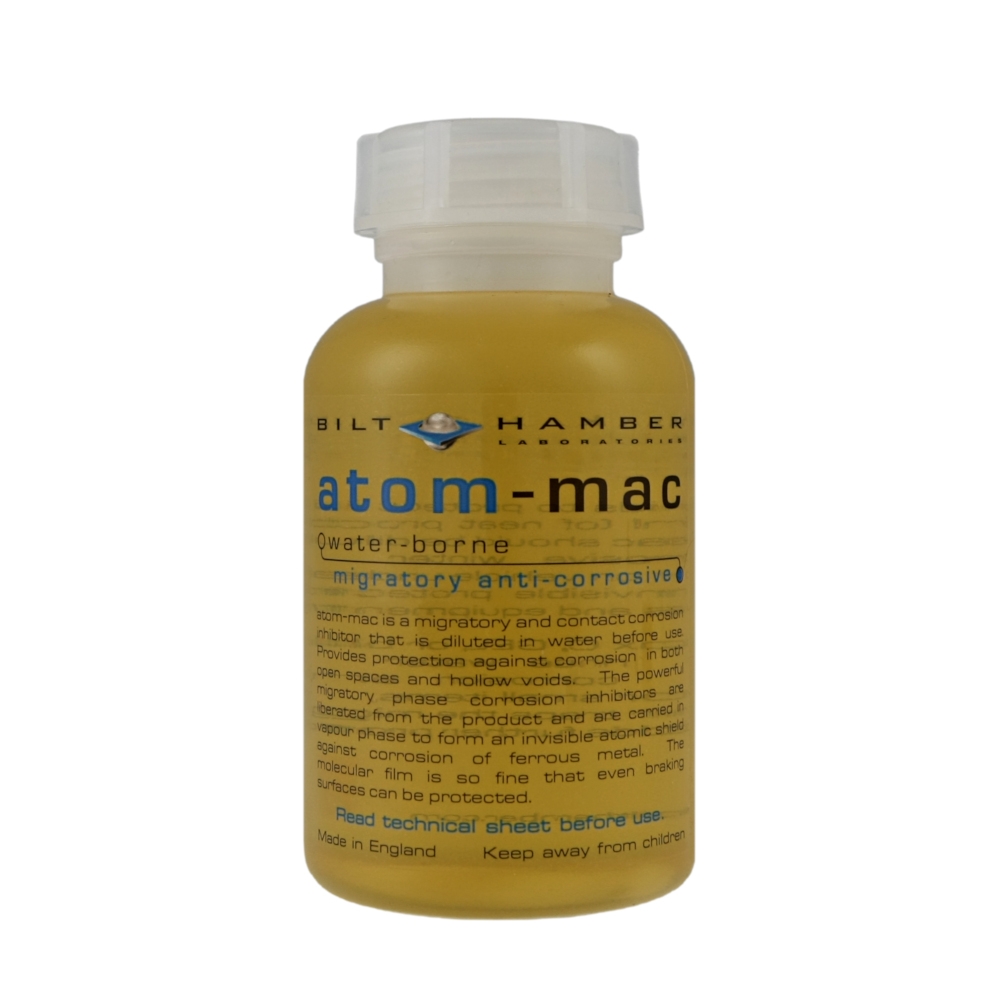
ATOM MAC M1 PLUS
Elements pane of the Preferences Panel provides editing of global element specifications, plus import/export of atom colour/radius values.Atoms Inspector allows switching between custom and pre-set tables of element radii (e.g., Van-der-Waals, Atomic, Ionic, Covalent).Automatic recognition of element symbols, matching current global element table: defines colours and radii.User-defined sphere radii, including control over ball-and-stick spheres.Wide range of styles, including photo rendered spheres, two-tone, beach ball, translucent - plus numerous stylized variants include square (vacancy), emoji (happy/sad), dotted, dashed, stripe-fill, etc.Atom styles (spheres or ellipsoid styles) can be applied on a per-element, per-site, or per-atom basis (e.g., using the Selection Inspector).Atoms can be coloured by default (element type), by site, or individually (by selection).Crystal Plot Range popover: real-time control over xyz plot range.Spherical ("cluster") display option with real-time radius control.

Customize atom visibilities by hiding or isolating groups of atoms.Hide atoms by site, element, or individual selection.Provides spacegroup symbol display in the Edit > Structure dialog, and in file output. Automatic spacegroup detection when loading text files.Automatic definition of symmetry-constrained lattice parameters (Constrain lattice parameter option).Symmetry Browsing allows editing of lattice types, general equivalent positions and origin offsets.
ATOM MAC M1 FULL
Spacegroups can be searched, by number, short or full international symbols, or using Schoenflies symbols. Symmetry Explorer allows easy navigation through crystal systems, lattice types and spacegroups, with optional display of unconventional settings and detailed spacegroup information.Auto-recognition of Schoenflies symbols and/or spacegroup numbers.Auto-recognition of short and full international spacegroup symbols for all 230 conventional spacegroups, plus all alternate settings listed in the International Tables for Crystallography.(B ij values are used internally, and can be read from text files.) Accepts atomic displacement parameters as isotropic parameter (U iso), or anisotropic (U ij).Accepts coordinates as decimals or fractions, with automatic syntax checking.Formula input can be used (e.g., "T1" with Al 0.75 Si 0.25), without requiring use of duplicate mono-atomic sites (e.g., one "T1" with Al 0.75 second overlapping "T1" with Si 0.25). Unlimited numbers of chemical occupants per site - e.g., to allow for subsitutional disorder.Build any crystal structure, using the Crystal Editor: spacegroup, unit cell parameters plus asymmetric unit.Calculates vibrational modes, including frequencies and simulated infra-red spectrum, plus interative visualizations of vibrations in the Vibrations Explorer.Provides energy output, available in graphical form during the course of the refinement cycle, and later, via a menu command.(Parameterised potentials calibrated using DFT, for greater accuracy.) Uses the best-available MM3 potentials, falling back onto UFF (Universal Force Field) where necessary.





 0 kommentar(er)
0 kommentar(er)
